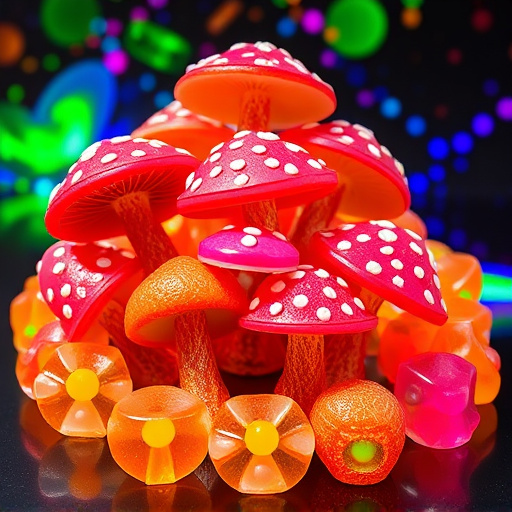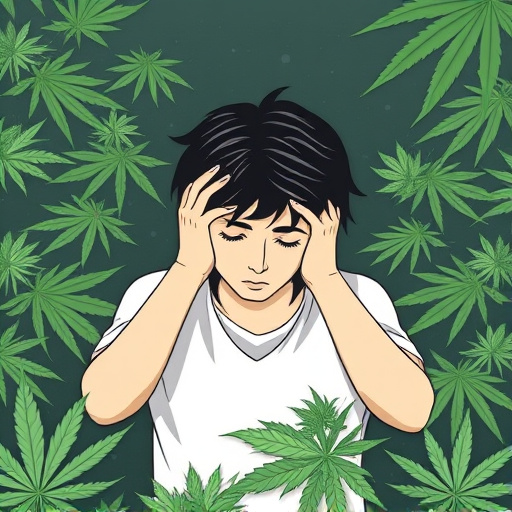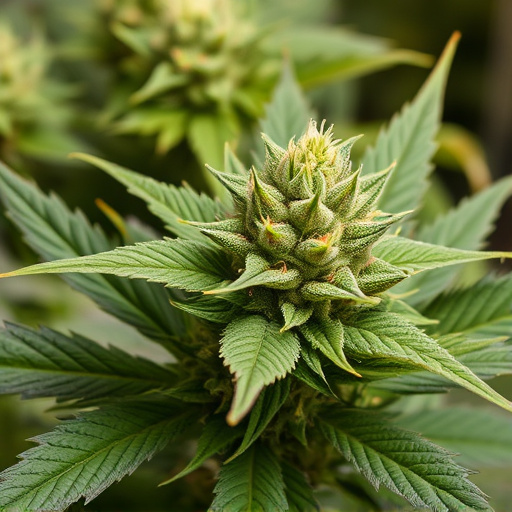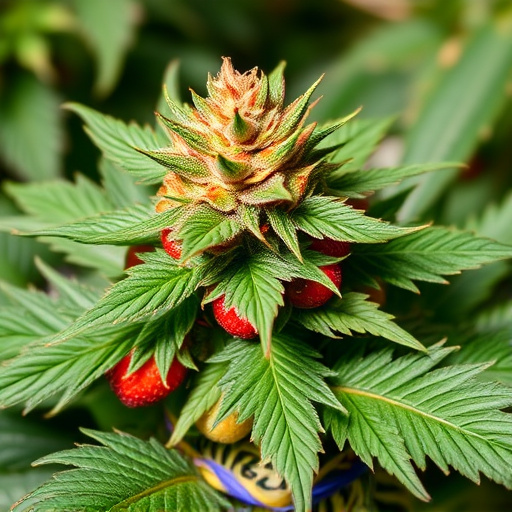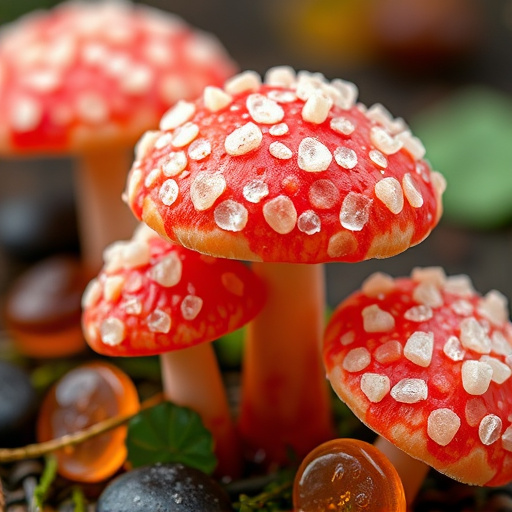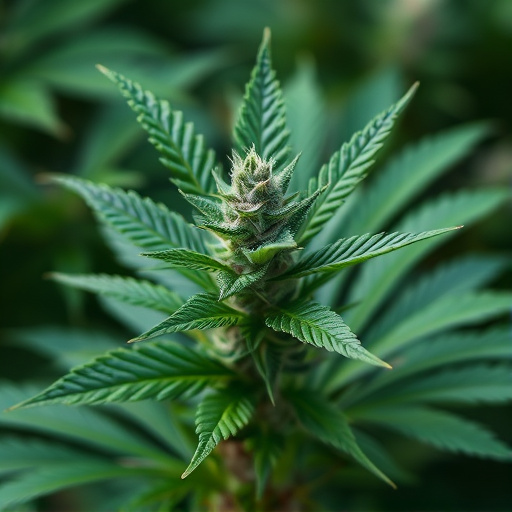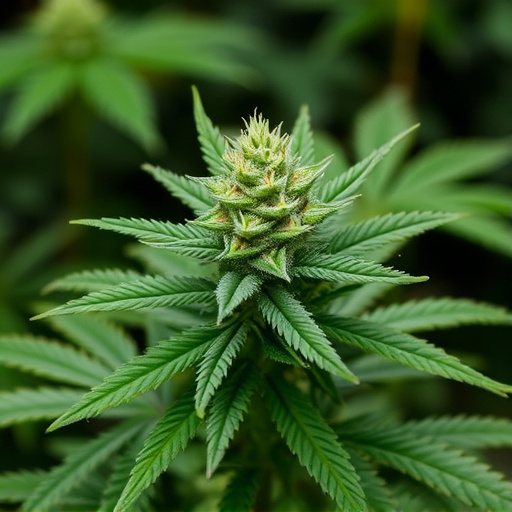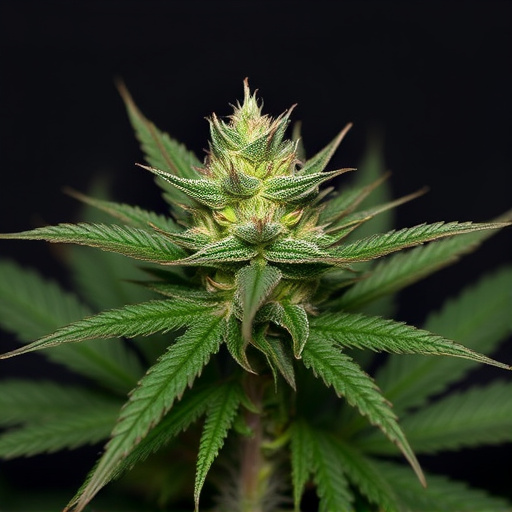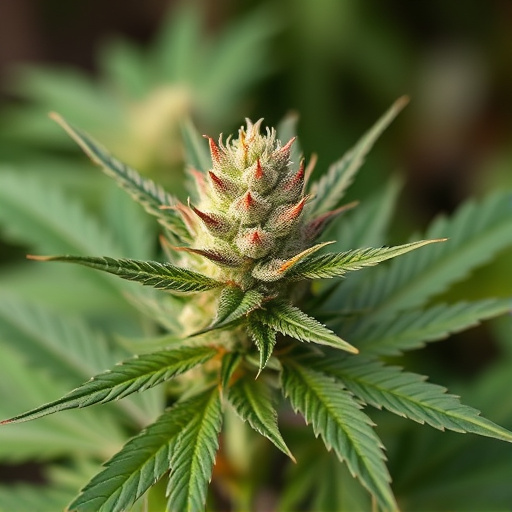Cultivating cannabis for ADHD relief requires understanding indoor vs outdoor growing methods. Indoors, precise control over temperature, humidity, light cycles, and pest management enables year-round production of specific, high-potency cannabis strains for ADHD treatment. Outdoors, natural sunlight and climate promote genetic diversity but demand careful monitoring of weather, pests, and security. The ideal method depends on the desired strain and grower's ability to adapt to environmental conditions, with both producing unique cannabis strains suitable for ADHD management.
Discover the distinct world of indoor and outdoor cannabis cultivation, where environmental factors shape not only the plant’s growth but also its therapeutic potential, especially for managing ADHD symptoms. Explore how varying light, temperature, humidity, and space influence cannabis strains’ effectiveness and unique properties. From optimizing yield to unlocking specific terpene profiles, this guide delves into the key differences between indoor and outdoor-grown cannabis flowers, including their impact on ADHD treatment options, offering valuable insights for cultivators and patients alike.
- Growing Environments: Indoor vs Outdoor Cannabis
- – Comparison of growth conditions: light, temperature, humidity, and space.
- – Benefits and challenges of each setting for cannabis cultivation.
Growing Environments: Indoor vs Outdoor Cannabis
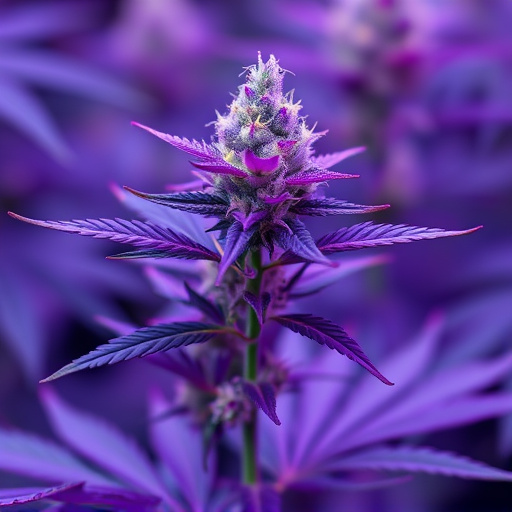
Cannabis plants, much like many other crops, thrive in specific environments tailored to their unique needs. When it comes to cultivating cannabis strains for ADHD relief or any purpose, understanding the contrast between indoor and outdoor growing conditions is paramount. Indoor cultivation offers a controlled setting where temperature, humidity, light cycles, and pest management can be meticulously regulated. Growers can select specific cannabis strains for ADHD treatment, ensuring optimal conditions for their growth and maximizing yields. This method allows for year-round production and the ability to fine-tune every aspect of the plant’s lifecycle.
In contrast, outdoor cultivation relies on natural elements such as sunlight, temperature variations, and local ecosystems. Growers who opt for outdoor methods must consider factors like climate, season, and geographical location. Cannabis plants grown outdoors often benefit from a wider range of genetic expressions due to natural selection and cross-pollination with wild relatives. This can lead to diverse cannabis strains with distinct therapeutic properties, making them appealing options for managing ADHD symptoms in natural ways. However, outdoor cultivation may present more challenges related to unpredictable weather conditions and pest control.
– Comparison of growth conditions: light, temperature, humidity, and space.
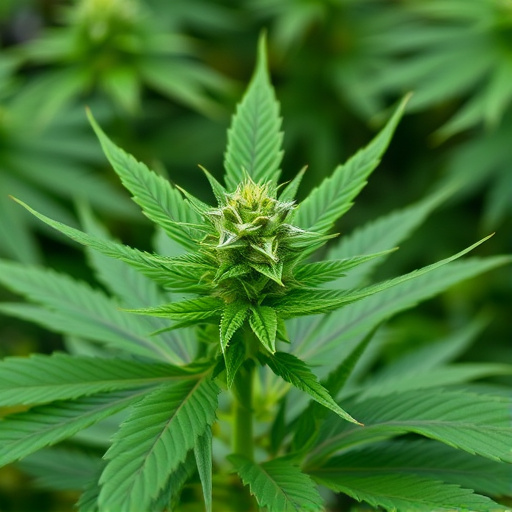
Growing cannabis indoors and outdoors presents distinct challenges, each offering unique advantages that can impact the final product, including strains suitable for managing ADHD symptoms. For instance, light intensity and spectrum vary significantly between indoor and outdoor environments. Indoor growers control light with advanced lighting systems, allowing precise adjustments to cater to specific cannabis strains’ needs. In contrast, outdoor plants are exposed to natural sunlight, which fluctuates daily, offering a broader light spectrum but requiring careful monitoring to prevent excessive heat or lack of light during critical growth phases.
Temperature and humidity also differ markedly. Indoor environments allow precise climate control, maintaining consistent temperatures and humidity levels ideal for cannabis cultivation. This stability is crucial for delicate plants and specific cannabis strains known for their therapeutic benefits in managing ADHD. Outdoor conditions are more variable, with temperature and humidity naturally fluctuating based on the seasons and weather patterns. While these variations can produce robust outdoor cannabis crops, they require more adaptability from both growers and chosen strains.
– Benefits and challenges of each setting for cannabis cultivation.
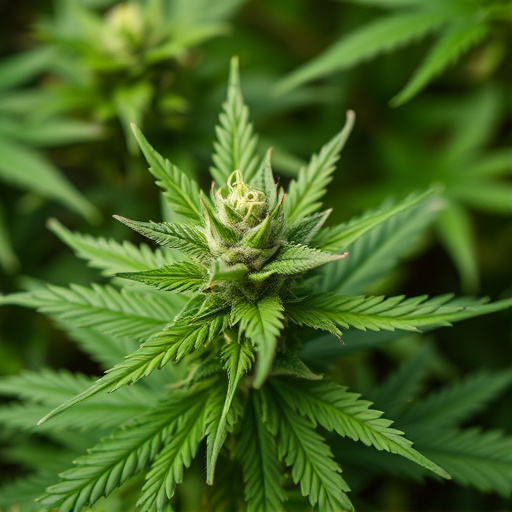
Cultivating cannabis indoors and outdoors presents distinct advantages and challenges for farmers, each influencing the final product’s quality and characteristics. Indoor cultivation offers controlled environmental conditions, allowing growers to precisely regulate temperature, humidity, and lighting cycles. This precision is particularly beneficial for breeding specific cannabis strains known to alleviate symptoms of ADHD. By optimizing these factors, indoor farms can produce plants with high cannabinoid concentrations, ensuring a potent and consistent medication for patients. However, indoor setups require significant investment in equipment and energy, which can be prohibitive for small-scale growers.
Conversely, outdoor cultivation leverages natural sunlight and air circulation, providing free, sustainable resources that can reduce operational costs. This setting promotes robust plant growth and often results in larger yields due to the broader spectrum of nutrients available in outdoor soil. Yet, outdoor farms are more susceptible to environmental stressors like unpredictable weather conditions, pests, and diseases. Growers must also consider privacy and security, as outdoor plants are visible to passersby. Despite these challenges, many cannabis strains for ADHD thrive outdoors, offering a more natural approach to cultivation that appeals to both patients and environmentally conscious farmers.
Cannabis cultivation extends beyond the choice between indoor and outdoor settings; it’s a delicate balance of light, temperature, humidity, and space that can dramatically influence the final product, including potential benefits for managing conditions like ADHD. While outdoor growing offers a vibrant, natural environment with ample sunlight and fresh air, indoors allows for precise control over these factors. Understanding these differences is key to selecting the optimal growing method for desired cannabis strains tailored to specific needs, such as those sought by individuals looking for relief or enhanced focus related to ADHD.
